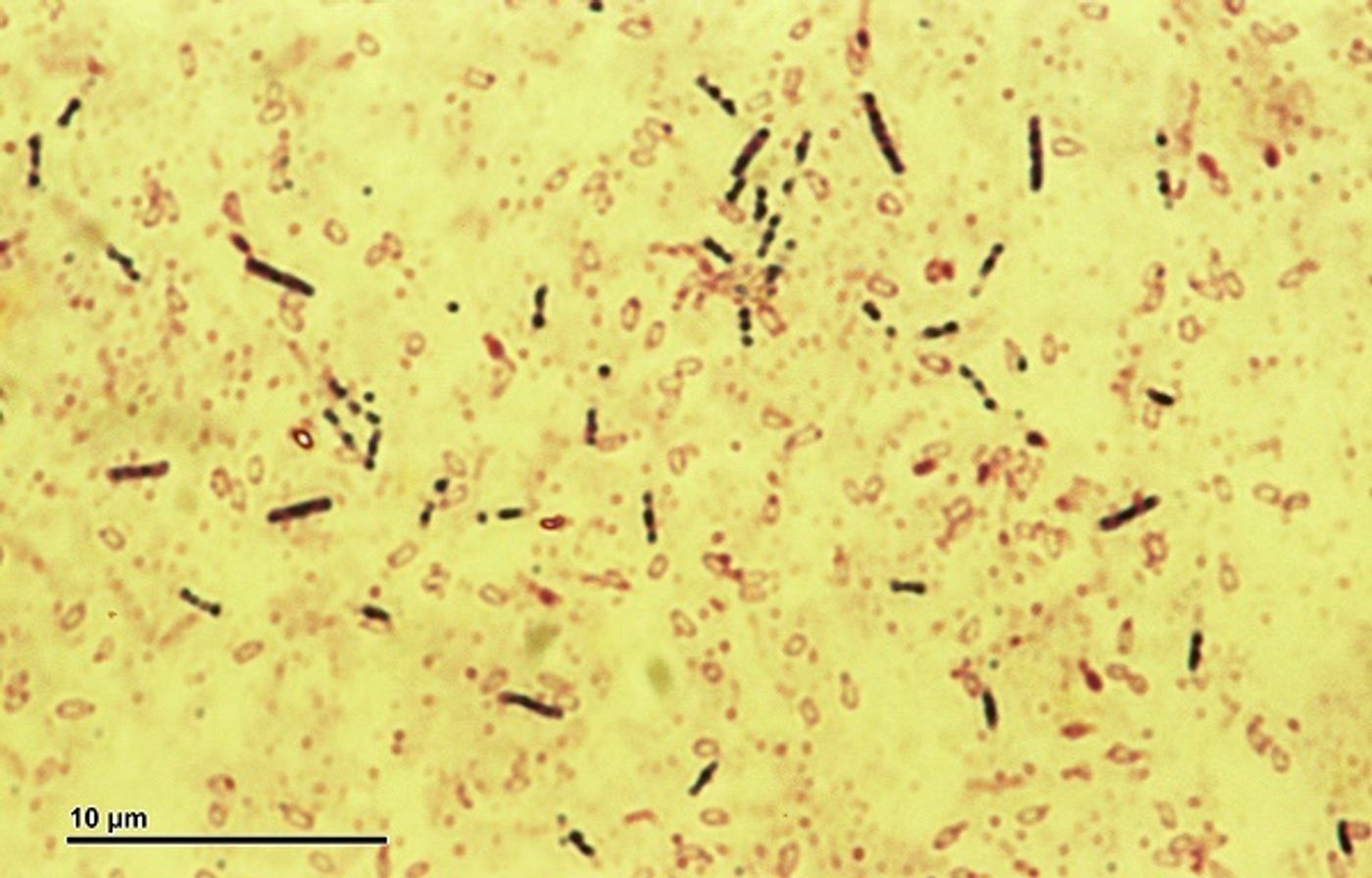Bacteria have traditionally been viewed as solitary organisms that "hang out on their own," says molecular biologist Kevin Griffith, PhD, Department of Microbiology, University of Massachusetts Amherst. However, scientists now realize that bacteria exhibit social behavior within groups.
"Individual bacteria within a population communicate with members of the group through a process called quorum sensing, where chemical signals and extracellular peptides serve as the language for bacterial communication," Griffith says. It's not just "social" networking, he adds. Bacterial communities use quorum sensing to control a variety of biomedically relevant biological processes.

In a new paper in a recent early online edition of Molecular Microbiology, he and co-authors Kristina Boguslawski and Patrick Hill describe how they deciphered this bacterial communication to reveal new mechanisms of regulating gene expression in the model bacterium Bacillus subtilis.
"Research in my lab is devoted to deciphering these different bacterial languages, understanding how bacteria perceive these signals, and determining how bacteria use this information to regulate biological processes at the molecular level," Griffith says. "In this paper, we have expanded the range of biological processes known to be controlled by a plasmid-encoded quorum response pair known as Rap60-Phr60.
Using biochemical approaches, the authors found that Rap60 regulates the activity of two important transcription factors by "mechanisms never before observed for Rap proteins," he says. "This work changes the way we think about these important regulatory proteins. The implications likely extend beyond Bacillus biology as they represent potential novel targets for the development of antibiotic and therapeutics in pathogenic bacteria."
In addition to providing fundamental knowledge about how this regulation occurs in a nonpathogenic bacterium like B. subtilis, understanding these pathways has the potential to provide new insight into how pathogenic bacteria regulate virulence factors and colonize hosts, which can have a profound impact on human health, he adds.
"Bacteria within a population secrete extracellular signals that provide the cue to coordinate biological processes as a group," Griffith says. "Many pathogenic bacteria use these extracellular signals to regulate the production of antibiotics and virulence factors, the timing of which is important in disease."
Each species of bacteria has its own unique language, the authors say. In addition, there are "universal signals, analogous to Morse code, used for communication between different species of bacteria," Griffith says. "In microbial communities, bacteria within a similar group communicate with one another, while other groups are eavesdropping or even disrupting the others' communication. It is biological espionage. Bacteria that can communicate with one another and work together as a group will be more successful in competing for resources than individuals."
The researchers found, in addition to controlling the production of degradative enzymes, which was already known, that the Rap60 protein inhibits sporulation, genetic competence (the uptake of foreign DNA), and biofilm formation. Phr60 acts as an extracellular cell-cell signaling peptide that coordinates the activity of Rap60 with population density, Griffith says.
"We are currently looking at the role Rap60 and other Rap proteins play in regulating gene expression under a variety of different growth conditions," he says. "It is becoming increasingly clear that Rap proteins are more versatile than we originally believed in terms of the number of pathways they control and the range of different mechanisms used to regulate gene expression. In addition, we are expanding our investigations to better understand inter-species signaling between B. subtilis and other bacterial and eukaryotic microbes that have biomedical importance."
The article, in the journal Molecular Microbiology, is "Novel mechanisms of controlling the activities of the transcription factors Spo0A and ComA by the plasmid-encoded quorum sensing regulators Rap60-Phr60 inBacillus subtilis."
[Source: University of Massachusetts at Amherst]









